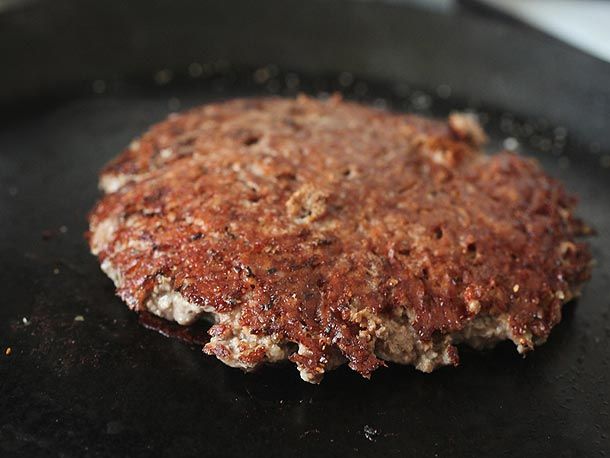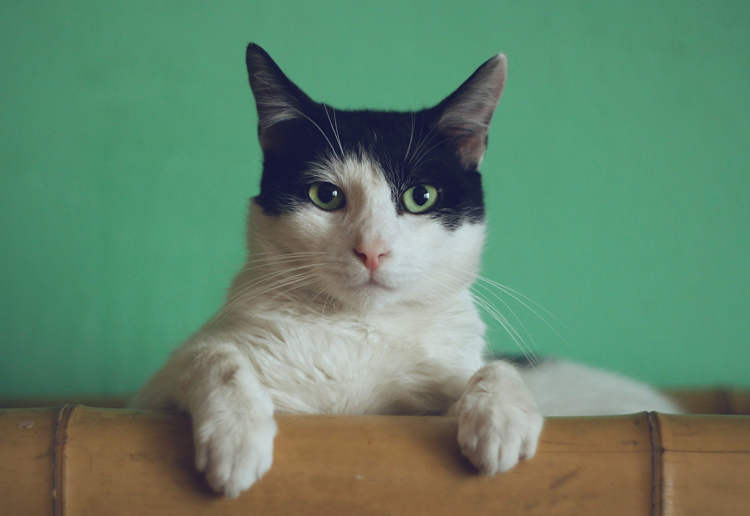For centuries, the Anga tribe of Papua New Guinea’s Morobe Highlands have practiced a unique mummification technique – smoke curing. Once smoked, the mummies aren’t buried in tombs or graves; instead, they are placed on steep cliffs, so that they overlook the village below. The very sight of a string of charred, red bodies hanging off the mountains might seem quite grotesque, but for the Anga people, it’s the highest form of respect for the dead.
The process itself is carried out carefully and thoroughly by experienced embalmers. At first, the knees, elbows and feet of the corpse are slit, and the body fat is drained completely. Then, hollowed-out bamboo poles are jabbed into the dead person’s guts, and the drippings are collected. These drippings are smeared into the hair and skin of living relatives. Through this ritual, the strength of the deceased is believed to be transferred to the living. The leftover liquid is saved for later use as cooking oil.

Photo: Michael Thirnbeck
In the next stage, the corpse’s eyes, mouth and anus are sewn shut, in order to reduce air intake and prevent the rotting of the flesh. This is believed to be the key step that ensures the mummies are perfectly preserved for centuries ahead. The soles of the feet, the tongue, and the palms are also sliced off and presented to the surviving spouse. The remains of the corpse are then tossed into a communal fire pit and smoke cured.
Photo via Pretty Awful Things
Once thoroughly smoked, the mummy is coated in clay and red ocher, which act as a natural cocoon, protecting the body from decay and scavengers. The process is now complete and the mummy is ready to go on display. Anga men, women and even babies are mummified using the same method; mummies dating back at least 200 years can still be found in the Morobe Highlands today. During celebrations and events, the mummies might be brought down from the cliffs, only to be returned soon after.
Photo: YouTube caption
A rare honor is bestowed upon dead Anga warriors – they remain guardians of the village, even after death. The warrior mummies are placed on special ‘stations’ on the cliffs; they become ‘watchers’ who continue to protect the village in the afterlife. One such warrior mummy dates back to World War II – he was bayoneted by the Japanese troops and preserved by the elders. He now stands guard over the Anga tribe, strung up with rope from his bow and arrow.
The Anga mummification process can be a scary thing for people who don’t understand what the ritual is about. In fact, the curing was banned in 1975, when Papua New Guinea gained its independence. Today, many tribes perform Christian burials, and only a few tribes in remote pockets still prefer to mummify their dead.
Source: VICE








